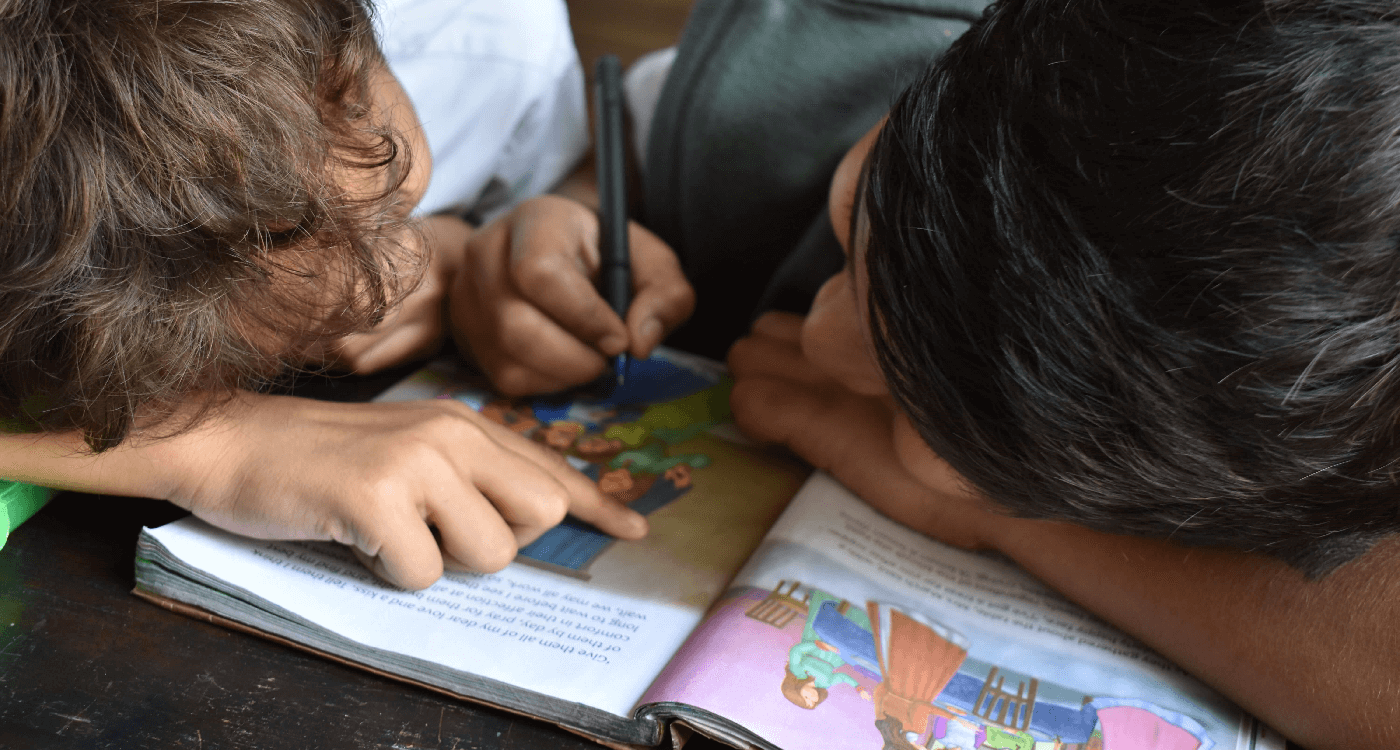
In 2023, my New Year’s resolution was to learn languages in order to connect more with the people in my life. Language is the infrastructure for understanding and the vehicle to transfer ideas. As we enter the season of holiday meals, I’m reminded that sharing language can create safe spaces and bridge seemingly vast disparities and distances.
According to the Census, almost 1 in 5 people in the United States speak a language other than English at home; the top five languages are Spanish, Chinese, Tagalog, Vietnamese, and Arabic. A “bilingual boom,” as reported by Publisher Weekly, is currently taking place in the publishing industry and there are increasing efforts to include more Spanish-English books in schools and libraries. Access to bilingual literature promotes literacy in both languages.
Like many heritage speakers, I acquired a unique fluency in my mother tongue by picking it up at home, not in the classroom. While I could speak Chinese, it was mixed with English and sometimes framed within English grammar. This DIY education is commonplace; language is fluid and adapts to any situation. In the book “How to Speak in Spanglish,” Mexican American grade-schooler Sami navigates home and school with English and Spanish, speaking in a blended vernacular. Though adults lecture him to keep the two languages separate, Sami declares, “Pero I think they both have sweet sabor. I mix them like salad dressing.” With his family and friends, he remixes Spanish and English side-by-side, sometimes churning out entirely new Spanglish words–for example, “cleanpio.” Similar blends exist within other multilingual communities – like Hinglish, Chinglish, and Taglish.
This year, I’ve really enjoyed perusing the Chinese and Spanish children’s magazines, located on the third floor in the Children’s World Language Collection. For Mandarin, I browse Pipa (小枇杷) magazine to practice reading and expand my vocabulary. The bi-monthly publication includes delightful illustrations and Chinese writing submitted by children around the world. Primarily geared towards English speakers learning Chinese, Pipa whimsically introduces readers to Chinese culture and history, retelling folktales and answering questions like how did 火 come to signify fire? The magazine also has recurring comics about two brothers who are growing up in an immigrant bilingual household. On the top of each page, QR codes link to accompanying audio. When I’m working on my beginner-level Spanish, I skim through Highlights High Five Bilingüe, which has stories in both Spanish and English, and Caracola, which is wonderfully illustrated and includes some accompanying audio. Many of these magazines are designed to be shared reading experiences with family but can also be used for solo study.
When I walk on the third floor, the myriad of children’s books reflect the many ways of life that coexist in our communities. The diverse collection echoes elements of Pipa’s mission statement–to “empower children to embrace their minority identities” and “enhance mutual understanding” in families. These magazines are a fun way to mark my progress, and slowly I’m deciphering the cryptic blur of unfamiliar texts–the words find shape and meaning. While the year comes to a close, I foresee continuing my resolution into the new year. For now, happy holidays to you and yours!
Photo by Andrew Ebrahim on Unsplash.
Blog post by Tiffany Fang.
